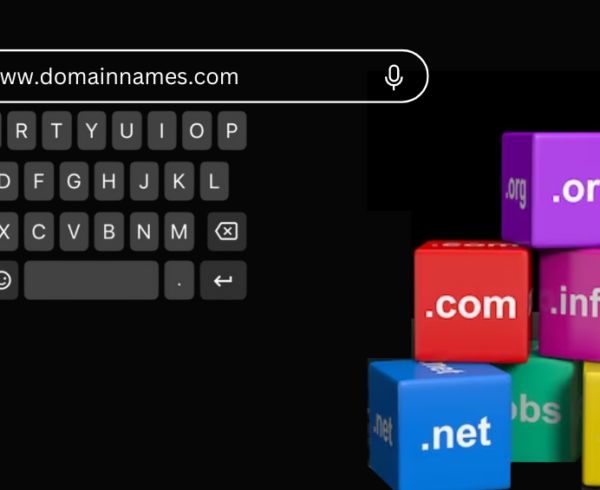Top website design elements and principles to enhance future of your business!
The brilliant design illustrates an amazing and exciting business reputation. The technology is constantly evolving, current trends and latest software are being invented to do a lot with creative design. It helps to speed up the workflow especially for the web designing and development company.
One should follow the latest design trends to meet the creativity:
Color:
The color is one of the dominant elements of a custom website designing services. It creates explicit atmospheres, moods, emotions and a deep impact on the viewer. In short, the combination of colors on the website can make or break your market image. It extends the standard of web design and images as well.
Scale & proportion:
The scale is an important part of the design process. It is the deliberate size of the specific element. It helps to understand the proportion of one element of the website with others. Usually, the scale is used to make the relative comparison between the objects placed while designing a website. The scale is used to generate the depth illusion for the object. It can also be an effective practice to design icons.
Texture & lines:
Elegant, clean and clear graphic designs create an impact on the viewer, but a combination of a graphic with some texture can make it even better. The texture offers various interesting effects to the web design and helps to make it more graceful.
Lines also evoke some excitements in the web design like straight one offers cleanliness and wavy adds motion. It plays a significant role while designing a logo.
Transparency:
Transparency helps to generate a sense of motion in static images. It offers an appealing and unique effect for a web design.
Contrast:
Contrast is often a crucial element while designing a publication or branding printable. It acts as the key magic ingredient while offering a profound impact on readability. It is the reason why most of the publications such as novels, newspapers, banners, visiting cards, etc. use contrast background especially black and white.
So, while designing branding stuff you need to be very careful about contrast feature.
Composition:
Composition denotes ideal arrangement of various elements in your web design. It is the last point of finish as it consists of an analysis of all the design elements. You can make few quick changes or experiments at this stage to create an outstanding design.
A web design is a bit complicated, tricky, full of principles and techniques. It can make or break the image of the brand, business or individual. It is a constantly evolving field and every business needs custom website designing services to make their product unique and exciting.







Leave a Comment